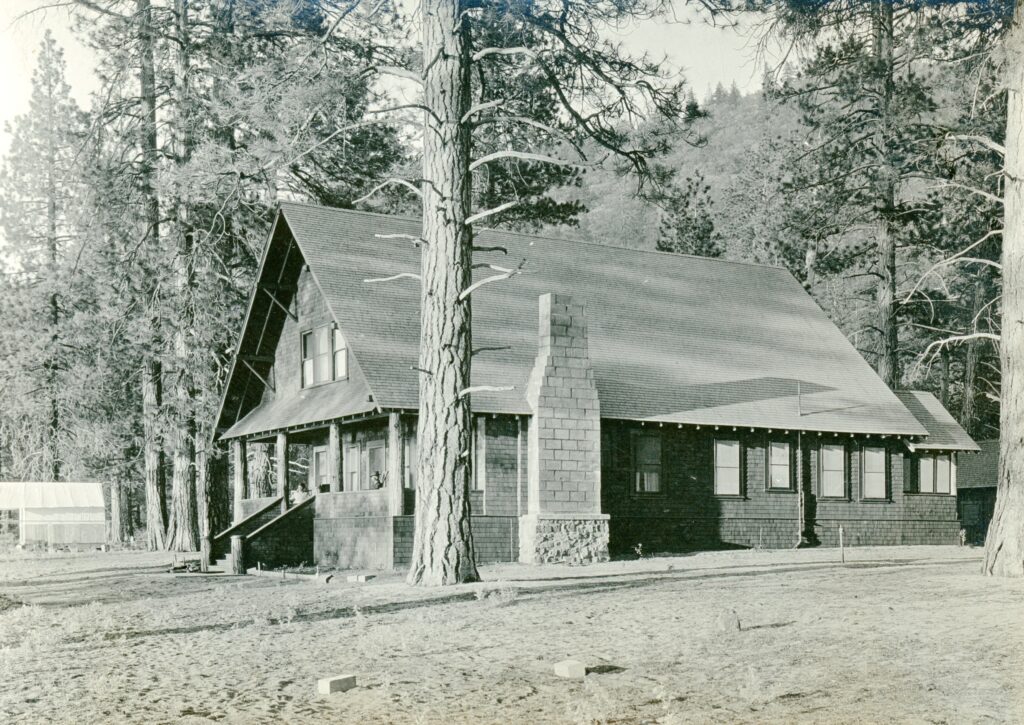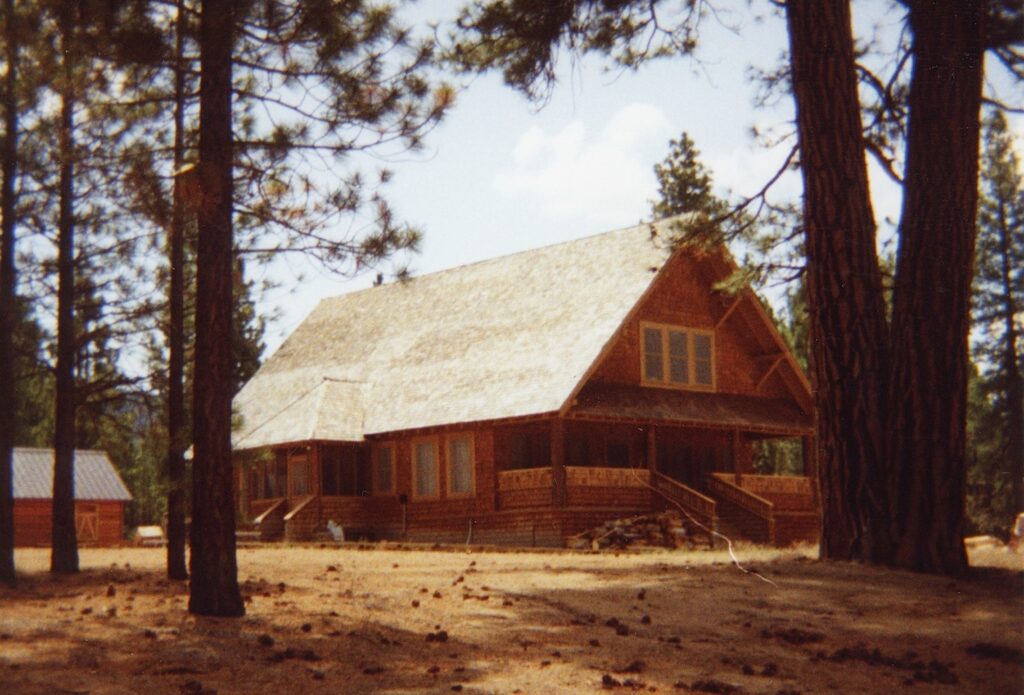
In June 1986, I received a letter from Thomas Mawer of the Eagle Lake Ranger District of the Lasen National Forest.. The topic Gallatin House, and included with the letter a report. It confirmed what many had known, the forest service wanted to demolish the building, After all, some speculated that during the 1984 Aspen fire, the forest service had opportunity to let it go up in flames. No matter what, for me a battle was born.
First, I would need assistance to tackle this. My initial contact was with Valerie “Val” Campbell who was a. historical archaeologist for Caltrans. I had met her a year earlier when she was evaluating Highway 139. We plotted out a course of action and began a letter campaign. She recruited colleagues and pointed out that Gallatin House met the criteria to be included on the National Register of Historic Places. I recruited the Friends of Eagle Lake. This group had organized several years earlier when Lassen County was putting together its Eagle Lake Area Plan. Some of the key figures of “Friends” were located in Santa Cruz. This group was very well organized and a major letter campaign had begun, the old fashioned way before email, etc.
Time was of the essence in my opinion. When I had a discussion with Richard Henry, Lassen National Forest Supervisor, he was adamant about the building’s demolition. What may have been decision day of the fate of the building came at the September 1986 meeting of the Eagle Lake Interagency Board meeting. The topic was addressed. There was plenty of public supporters there to address their concern, but the board had the letters of support. While the board had no authority, it gave the preservationists approval in the court of public opinion. The forest service remained silent, for a long time and gave no indication what their next move might be.

In 1988, the forest service announced that they had approved a special use permit for thirty-five acres on the southeast side of Eagle Lake to the McDonald’s Corporation—the well known fast food chain. The property was transformed into a Camp Ronald McDonald for disabled and disadvantaged children. The Gallatin House is part of the complex. It houses some of the staff and administrative office space. However, it should be noted that front portion of the Gallatin House is still in its original state. An interesting piece of trivia, the last time I was able to inspect the house, with Gallatin descendants in tow, there was an oak table the Gallatin family left behind in 1944, and it is still there.
I knew that the Gallatin House was saved, but didn’t know you were the lead on this historical saving. Good job Tim!